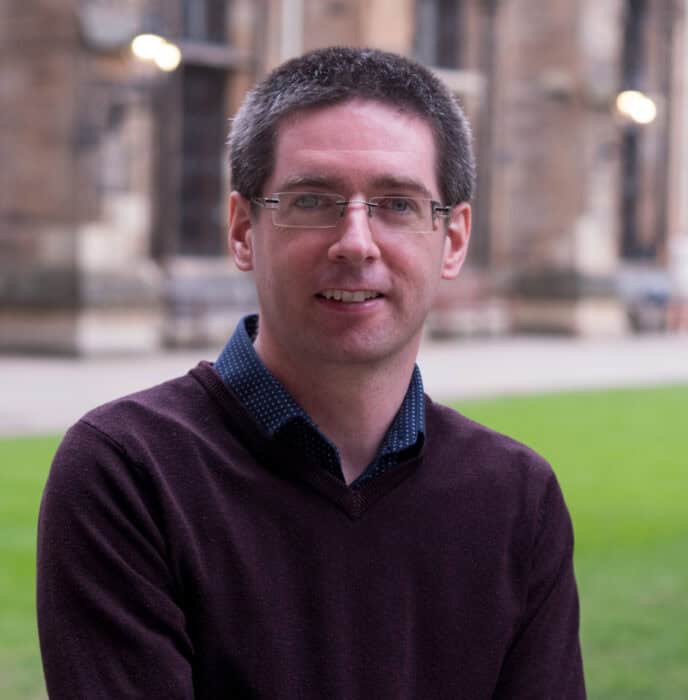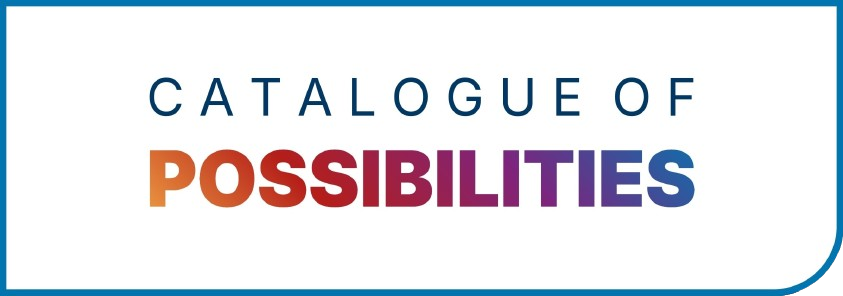Dr Gordon Hedley he/him

Senior Lecturer in Chemical Physics
Strategic Research Areas
Our group explores how excited states in organic semiconducting molecules and polymers behave. A state in a quantum superposition is the basis for computational work, secure communication protocols or to enable very efficient energy transfer in a solar cell. We are developing ways to measure this superposition and thus determine what materials can support quantum science. We do this using single molecule spectroscopy, a unique suite of tools that allow us to constructively sum a parameter of interest when measuring each molecule individually – in contrast with the destructive interference that would result if we measured all simultaneously using traditional techniques.
We collaborate with a wide variety of others to deliver this research. This includes synthetic chemists who make bespoke molecules that we study, theoreticians who develop models to explore the quantum behaviour and support the assignments made from experimental results, and quantum optics experts who manipulate the quantum properties of light that we use in our experiments. Our collaborations span research groups in the UK, Europe and Japan.
Our research group is naturally diverse in many contexts, including our geographic origins, our research backgrounds and in the research we do. Our work sits at the boundary between chemistry and physics (chemical physics-physical chemistry), and this naturally lends itself to an interfacial and open-minded approach (or to put it another way, we have no interest in a “we are X we do it this way” mentality).
Research projects that we host are tailored at developing and making the advanced single molecule measurements to observe quantum behaviour mentioned above. These can include areas of work that focus on understanding how the chemical structure of materials affects their performance, or on new optical setups to better observe quantum phenomena. Researchers have significant input into the direction of their work, and often this can evolve significantly over the duration of the project.

